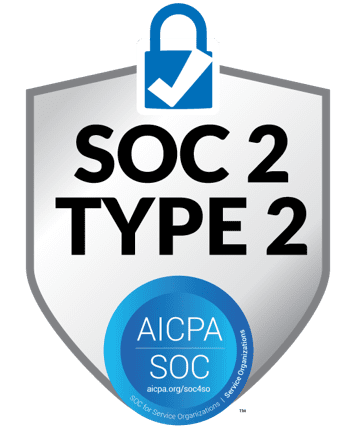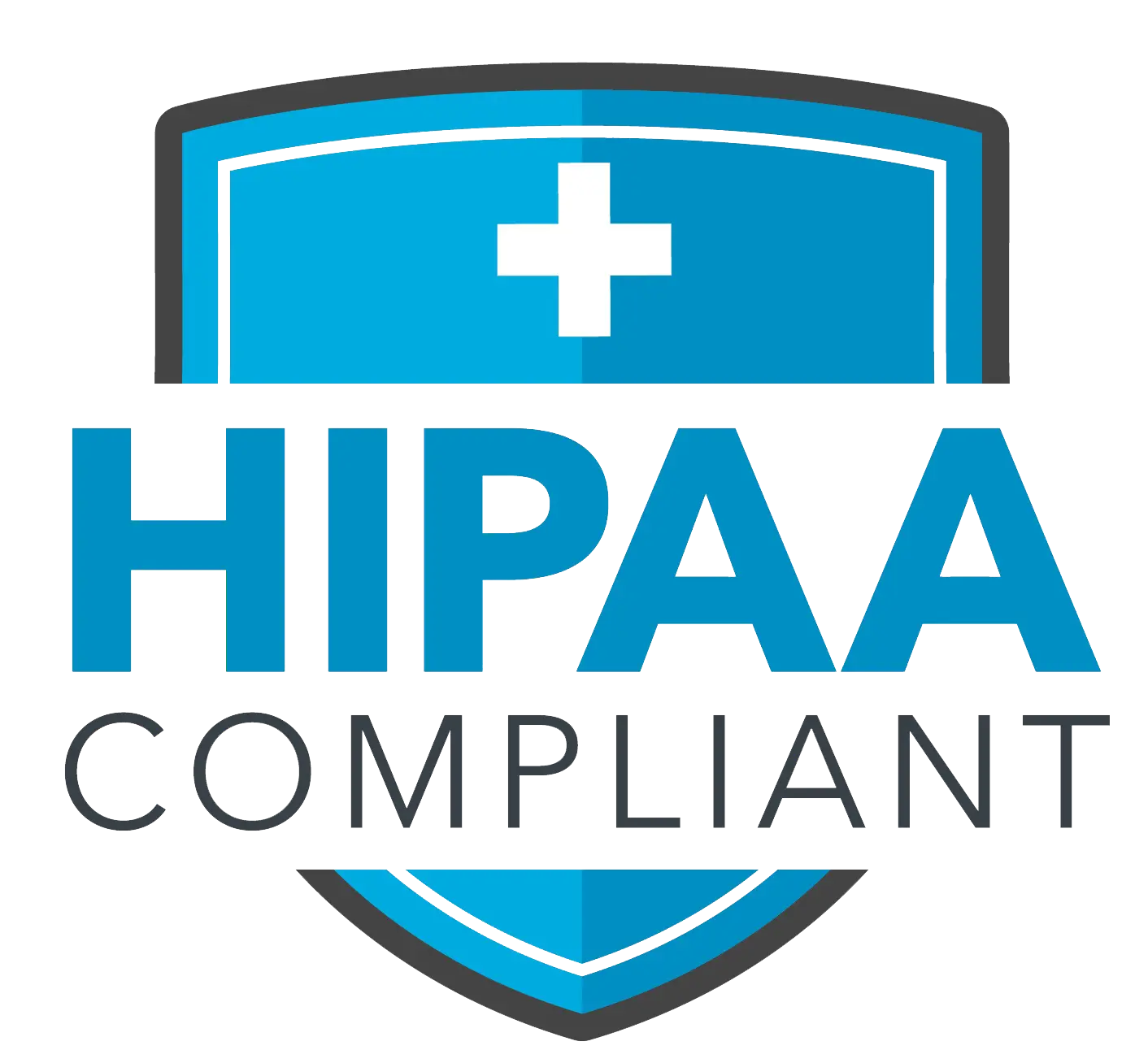Your private documents may not be as secure as you think. Companies are using vast amounts of data to train their AI systems, and this includes information that was never meant to be public.
AI models can memorize and accidentally reveal sensitive details from training data, putting your confidential documents at serious risk.

The problem goes deeper than most people realize. When you store files online or share documents through cloud services, you might unknowingly expose them to AI training processes.
AI models that store or regenerate sensitive data could put organizations at risk of major compliance violations and data breaches.
Understanding how your documents can be compromised is the first step in protecting yourself. From Google’s data practices to the broader privacy concerns surrounding AI development, there are specific steps you can take to safeguard your confidential information.
The landscape of AI training presents both obvious and hidden threats to data security. It’s crucial to know where your documents are vulnerable and how to protect them.
How AI Training Puts Confidential Docs at Risk

AI systems learn by processing massive amounts of text data. This training process can accidentally capture and store your private information.
When AI models memorize sensitive details from documents, they can later reveal this information in unexpected ways.
The AI Model Training Process
AI training works by feeding millions of documents into machine learning systems. These systems analyze patterns in the text to learn how to generate responses.
During training, AI models don’t just learn general language patterns. They also absorb specific details from every document they process.
The training data often comes from web scraping, purchased datasets, or user submissions. Companies like OpenAI use vast collections of text to train systems like ChatGPT.
Training typically involves these steps:
- Data collection from various sources
- Text processing and cleaning
- Pattern recognition and learning
- Model parameter adjustment
- Validation and testing
Your confidential documents can enter this process in several ways. You might upload files to AI tools for analysis.
Your company might share data with AI vendors. Or your documents might already exist in datasets without your knowledge.
Once documents enter the training pipeline, the AI system processes every word and detail. It learns not just writing styles but also specific facts, names, and sensitive information.
Publicly Available vs. Private Documents
The biggest risk comes from how AI companies handle different types of documents during training.
Publicly available documents include web pages, published research, and open datasets. AI companies generally consider this fair game for training purposes.
Private documents should remain confidential but often get mixed into training data accidentally. This happens when:
- Cloud storage has weak privacy settings
- Data brokers sell information without consent
- Companies share datasets without proper screening
- Users unknowingly submit confidential files
Many AI systems don’t distinguish between public and private information during training. Training AI on unprotected data can lead to major compliance violations, data breaches, and regulatory penalties.
The line between public and private gets blurred online. Documents you think are private might be accessible to AI training systems through various channels.
Some AI companies now offer opt-out mechanisms, but these often come too late. Your data might already be part of existing models.
Memorization of Sensitive Data by AI Systems
AI models can memorize and reproduce exact text from their training data. This creates serious risks for confidential information.
Memorization happens when:
- The same document appears multiple times in training data
- Sensitive information follows predictable patterns
- The AI model overfits to specific examples
- Training data contains highly detailed personal information
Attackers can use prompt engineering to extract memorized information. They craft specific questions designed to trigger the AI to reveal training data.
Common memorization risks include:
- Financial data: Account numbers, transaction details
- Personal information: Social Security numbers, addresses
- Business secrets: Internal communications, strategic plans
- Legal documents: Client information, case details
The memorization problem affects all major AI systems, including ChatGPT and other artificial intelligence platforms. Even when companies try to filter sensitive data, some information slips through the screening process.
Google Docs, Google Drive, and AI Training: What You Need to Know
Google only uses documents it can find through web crawlers, not files shared through private links. The difference between truly public documents and those shared with “anyone with the link” determines whether your content gets used for AI training.
How Google Uses Publicly Available Data
Google trains its AI models using documents that web crawlers can discover online. This includes content posted on websites, shared on social media, or otherwise indexed by search engines.
Your Google Docs are probably safe from AI training unless they appear in places where automated systems can find them.
Google’s web crawlers scan the internet for publicly accessible content to feed into their training datasets. The key factor is discoverability.
If a document exists somewhere that Google’s bots can reach through normal web crawling, it becomes fair game for training purposes. Documents must be genuinely accessible to the public internet.
Simply existing in Google Drive doesn’t make them publicly available for AI training.
Implications of Sharing Settings
Google Docs has different sharing levels that affect privacy and accessibility. Understanding these settings helps protect your documents from unintended use.
Private sharing options:
- Specific email addresses only
- Enterprise users within your organization
- Restricted access controls
Link sharing:
- “Anyone with the link” setting
- Does not make documents publicly discoverable
- Requires the actual link to access
Google confirmed that documents shared with “anyone with the link” are not considered publicly available. These files remain private unless posted elsewhere online.
The sharing method determines exposure risk. Email sharing keeps documents completely private from AI training systems.
Misconceptions About ‘Anyone with the Link’
Many users worry that Google Drive’s “anyone with the link” setting makes their documents public. This belief creates unnecessary anxiety about AI training exposure.
Google’s representatives clarified that link sharing doesn’t equal public availability. Documents shared this way remain private unless posted on websites or social media platforms.
What makes documents truly public:
- Posted on websites
- Shared on social media platforms
- Discoverable through search engines
- Accessible without the specific link
Link-shared documents stay protected because web crawlers cannot find them randomly. They need the exact URL to access the content.
Your Google Docs shared through Gmail or private messages remain safe from AI training, even with link sharing enabled.
Privacy and Security Concerns in the Era of AI
AI systems create new risks for your personal information and expose weaknesses in cybersecurity defenses. Data privacy risks have increased as AI companies collect massive amounts of information to train their models.
Privacy Risks for Personal and Business Data
Your documents and personal information face serious threats when AI systems process them. AI companies depend on removing personal information from training data, but this approach puts you at their mercy.
Personal Data Exposure
AI models can accidentally reveal your private information in their responses. Training data often contains names, addresses, phone numbers, and other sensitive details that leak into AI outputs.
Your business documents face similar risks. Google Docs may analyze your documents to improve AI systems like Gemini, even for files marked as private.
Key Privacy Threats:
- Training data inclusion – Your information becomes part of AI models permanently
- Metadata collection – AI systems track when, how, and with whom you work
- Unauthorized access – Data breaches and unauthorized access increase with AI-driven processing
You cannot easily remove your data once it enters AI training systems. Most platforms rely on company policies rather than technical safeguards to protect your privacy.
Cybersecurity Vulnerabilities Exposed by AI
AI creates new attack methods that hackers use against your systems. Autonomous cyberattacks represent a growing threat that traditional security measures struggle to stop.
AI-Powered Attack Methods
Criminals use AI to create more convincing phishing emails and fake documents. These attacks adapt in real-time, making them harder for you to detect.
AI systems themselves become targets. Hackers can poison training data or manipulate AI outputs to benefit their goals.
Government and Enterprise Risks
Government agencies adopting AI quickly may outpace privacy safeguards, leaving your data vulnerable to leaks and attacks.
Critical Security Gaps:
- Weak AI infrastructure – Machine learning systems lack proper security controls
- Data leakage – Information flows between AI systems without your knowledge
- Bias exploitation – Attackers manipulate AI decision-making processes
Your cybersecurity strategy must account for these AI-specific threats. Traditional security tools often fail against AI-powered attacks.
Regulatory Safeguards and Compliance Challenges
Current privacy laws like GDPR and CCPA provide some protection for your confidential documents, but significant gaps remain when AI companies use your data for training purposes. These regulations struggle to keep pace with rapidly evolving AI technologies and data collection practices.
GDPR: Protecting Sensitive Information
The General Data Protection Regulation gives you strong rights over your personal data. Under GDPR, companies must get your clear consent before processing your information for AI training.
Key GDPR protections include:
- Right to know how your data is used
- Right to delete your information
- Right to object to automated processing
- Requirement for explicit consent
However, data privacy compliance challenges continue to grow as AI systems become more complex. Many companies claim “legitimate interest” to avoid getting your consent.
AI companies often argue that training data becomes anonymous once processed. This creates a gray area where your confidential documents might still be used without clear legal violations.
The regulation also struggles with cross-border data transfers. Your documents processed in one country might end up training AI systems in regions with weaker privacy protections.
CCPA and the Right to Opt Out
The California Consumer Privacy Act gives you the right to opt out of data sales, including to AI training companies. This applies even if you don’t live in California but your data gets processed there.
Your CCPA rights include:
- Knowing what personal information is collected
- Deleting personal information held by businesses
- Opting out of sale of personal information
- Non-discrimination for exercising privacy rights
The challenge lies in enforcement and awareness. Most people don’t know their documents are being used for AI training until it’s too late.
CCPA’s definition of “sale” is broad but doesn’t always cover AI training scenarios. Companies can share your data with AI developers through partnerships without technically “selling” it.
Balancing data privacy and AI innovation remains difficult under current frameworks. The law wasn’t designed for modern AI training practices.
Gaps in Existing AI Regulations
Current privacy laws have major blind spots when it comes to AI training. Most regulations focus on traditional data processing, not the complex ways AI systems learn from your documents.
Major regulatory gaps:
| Gap | Impact on Your Data |
|---|---|
| No AI-specific consent rules | Companies use broad consent for training |
| Weak oversight of training data | Limited visibility into what documents are used |
| Cross-border enforcement issues | Data moves freely between jurisdictions |
| Outdated technical definitions | Laws don’t cover modern AI methods |
The integration of Big Data and AI creates intricate compliance challenges that existing frameworks can’t address.
Many AI companies operate in legal gray areas. They argue that training on publicly available data doesn’t require consent, even if that data contains your confidential information.
Enforcement agencies lack technical expertise to properly investigate AI training practices. This makes it harder to protect your documents from unauthorized use.
Protecting Your Confidential Documents from AI Training
You can take specific steps to shield your sensitive documents from unauthorized AI training while maintaining productivity. The key lies in adjusting workspace settings, controlling sharing permissions, and choosing secure storage alternatives.
Best Practices for Google Workspace
Your Google Workspace admin settings directly control how AI systems access your organization’s data. Navigate to the Admin Console and disable external data sharing under the Drive and Docs settings.
Turn off link sharing by default for all new documents. This prevents accidental exposure when employees create files without thinking about privacy settings.
Set organizational policies that require explicit approval for third-party app connections. Many AI tools request broad access to Google Drive contents through seemingly harmless integrations.
Enable Data Loss Prevention (DLP) rules that flag documents containing sensitive information like social security numbers, financial data, or proprietary research. These rules can automatically restrict sharing options for flagged content.
Configure audit logs to track when external applications access your documents. Review these logs monthly to identify unauthorized AI tool connections that employees may have granted access to without realizing the implications.
Securing Document Sharing Settings
Change your default Google Docs and Drive sharing settings from “Anyone with the link” to “Restricted” immediately. This simple change prevents AI crawlers from accessing documents through leaked or guessed URLs.
Use expiring links for temporary document sharing instead of permanent access. Set expiration dates of 7-30 days depending on your needs.
Replace broad sharing with specific email invitations. When you share with “anyone at your company,” you lose control over who actually views the document and what they do with it.
Enable download restrictions on sensitive documents. Right-click sharing permissions and uncheck “Viewers and commenters can see the option to download, print, and copy.”
Review existing shared documents quarterly using Google Drive’s “Shared with me” and “Sharing” filters.
AI usage policies and employee training become essential as sharing complexity increases.
Alternative Tools and Private Storage Options
Consider on-premises document management systems for your most sensitive files. These systems keep your data completely isolated from cloud-based AI training operations.
Microsoft 365 with business contracts offers stronger data protection guarantees than consumer Google accounts.
Microsoft 365 Copilot and similar enterprise AI tools are designed to protect confidential university and business data.
Use encrypted cloud storage services like Tresorit or SpiderOak for document storage. These services use client-side encryption, meaning even the storage provider cannot read your files.
Implement confidential computing solutions for AI workloads that must process sensitive data.
Confidential computing protects training data and AI models from unauthorized access, even by malicious insiders.
Create air-gapped networks for your most critical documents. Store these files on systems with no internet connection, preventing any possibility of unauthorized AI access.
Frequently Asked Questions
Many people want practical ways to protect their personal information from AI systems. The key areas include stopping data collection, opting out of programs, checking if your information was used, and understanding privacy risks with common tools.
What steps can individuals take to prevent their personal information from being utilized in AI training models?
You should start by reviewing privacy settings on all your online accounts. Most social media platforms and web services have options to limit data collection for AI purposes.
Never upload sensitive documents to public AI tools like ChatGPT or Google Bard. Confidential information becomes permanently embedded in AI systems once you share it.
Use privacy-focused browsers and search engines that don’t track your activity. Turn off data sharing in your device settings for apps that might send information to AI companies.
Read terms of service carefully before using new AI tools. Look for language about data retention and training use.
Is there a way to prevent Google services from using my data for AI development?
Yes, Google provides several privacy controls you can adjust. Go to your Google Account settings and find the “Data & privacy” section.
Turn off “Web & App Activity” to stop Google from saving your search and browsing data. Disable “Location History” if you don’t want your movements tracked.
In Gmail, you can opt out of having your emails scanned for AI training. Check the privacy settings in each Google service you use.
Keep in mind that some Google features may work differently when you limit data collection. You’ll need to decide what trade-offs you’re comfortable making.
What options are available for users who wish to opt-out of AI training programs?
Most major AI companies now offer opt-out options, though they’re not always easy to find. OpenAI has a form where you can request to exclude your data from ChatGPT training.
For social media platforms, look for AI or machine learning settings in your privacy controls. Meta, Twitter, and LinkedIn all have options to limit AI training use.
Some companies require you to email their privacy teams directly. Keep records of your opt-out requests in case you need to follow up.
Professional workers are sharing confidential data with AI platforms without permission, so workplace policies are also important.
How can one verify if their data has been used in the training of an artificial intelligence system?
Currently, there’s no reliable way to check if your specific data was used in AI training. Most AI companies don’t provide tools to search their training datasets.
You can try asking AI systems to repeat information that might be uniquely yours. However, this method isn’t foolproof and may not work consistently.
Some researchers have shown that AI models can memorize and reproduce exact sequences from their training data, but accessing this requires technical expertise.
The best approach is prevention rather than detection. Assume that any data you’ve shared publicly or with AI services may have been used for training.
What are the implications of using workspace tools like Gemini with regards to user privacy and AI training?
Workplace AI tools often have different privacy policies than consumer versions. Your employer’s contract with the AI provider determines how your work data is handled.
Google Workspace has enterprise controls that can prevent your business data from being used in AI training. However, these settings must be configured correctly by your IT team.
Types of sensitive workplace data most often shared with AI include financial details, legal documents, and proprietary source code, all carrying serious risks if exposed.
Always check with your company’s IT or legal team before using AI tools for work tasks. Your personal privacy settings don’t apply to workplace accounts.
What measures can be taken to guard against potential biases in AI that arise from training data?
You can’t directly control how AI companies handle bias in their training data, but you can be aware of potential issues. AI systems often reflect biases present in their source material.
When using AI tools, cross-check important information with multiple sources. Don’t rely solely on AI outputs for decisions that could affect people unfairly.
Support AI companies and tools that publish transparency reports about their training data. Pay attention to their bias mitigation efforts.
If you’re a content creator, be mindful that your work might be used in AI training. Consider how your content represents different groups of people.


